A Comprehensive Guide to Buying the Ideal Brake Pads for Your Ride
We all know that pressing the brakes slows the car down, but how exactly does that happen? Most modern vehicles feature disc brakes on front wheels (if not all four wheels), and two drum brakes on the rear wheels. Disc brakes are superior to drum brakes in every way, providing superior braking power. The disc brakes are comprised of three basic parts – the discs attached to the wheel, the brake callipers that sit astride the discs, and brake pads that are attached to the inside of the callipers. These three parts work together so that when you press the brake pedal your car slows down and comes to a full stop. The brake pads are the parts that when squeezed against the discs cause friction to slow the car down.
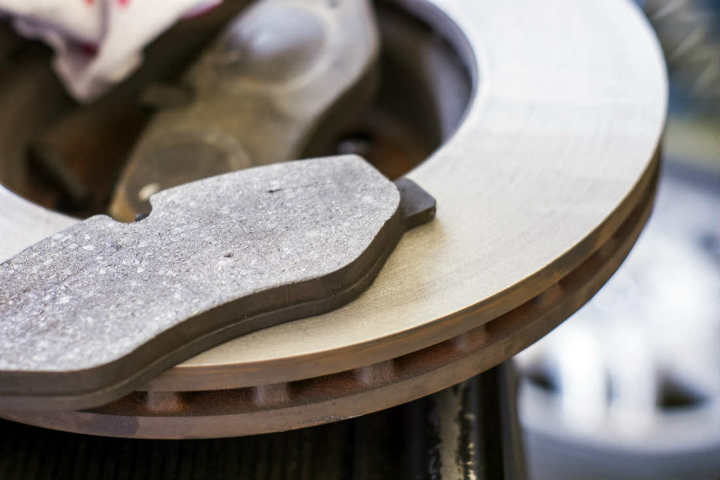
Auto brake pads are the most frequently replaced brake parts, which is why you should frequently inspect them. Worn down brake pads will reduce your car’s braking power, which can be dangerous not only for you but for everyone else you share the road with as well. But how do you know which replacement auto brake pads are suitable for your vehicle? Well, there are a couple of factors to consider, including your vehicle, driving style and where you’re driving. Here are the different types of brake pads and the type of driving they’re suited for.
Types of Brake Pads
There’s not a single type of brake pad that will suit every vehicle. There are 4 basic types of brake pads – semi-metallic, low-metal, organic and ceramic.
Semi-metallic brake pads can be made of a variety of materials, including brass, steel and copper. They usually feature about 65% metal, and the other 35% is a mix of inorganic matter and carbon. These brake pads deteriorate the discs faster, but provide efficient stopping power and dissipate heat more efficiently.
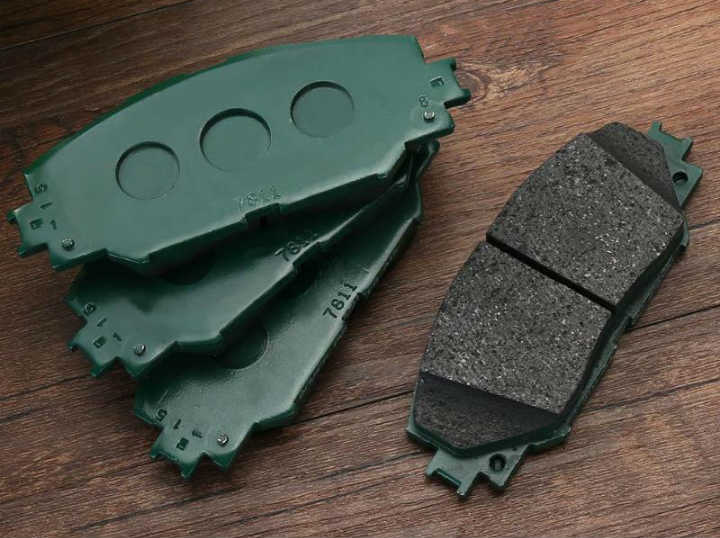
Low-metallic brake pads are more expensive than their semi-metallic counterparts, as they only contain about 30% metal, while the other 70% is comprised of organic matter, such as glass, carbon and kevlar. As a result, these brake pads wear the disc brakes far less, making them last longer.
Organic brake pads are softer than both semi- and low-metallic brake pads, and they’re quieter when you brake. They wear more quickly than other types since they’re made of around 85% organic matter. In turn, they’re more sustainable but aren’t suitable for aggressive driving or sporty cars. Due to their low manufacturing cost, most vehicles come with organic brake pads.
Ceramic brake pads are the most expensive by far, as they’re the newest innovation in braking technology. They’re the most durable and handle high temperatures the best. Furthermore, the dust they release when they’re used doesn’t stick to the wheels or discolour them.
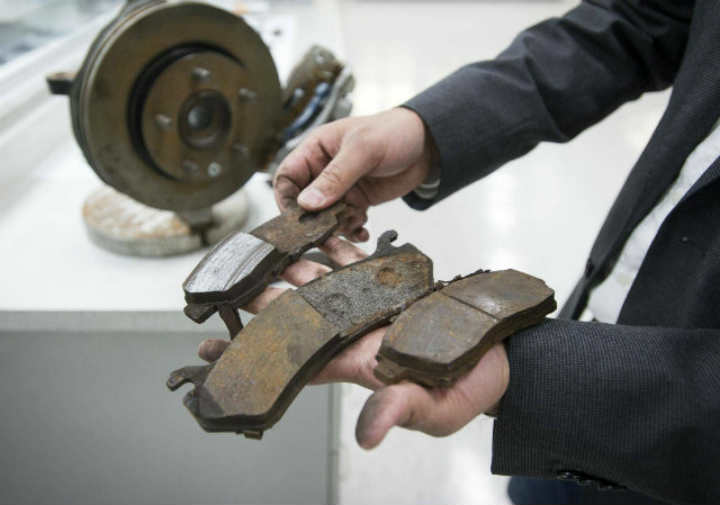
How Do You Know When Your Brake Pads Need Replacing?
Most mechanics and brake pad manufacturers have agreed that you should check the state of your brake pads every 15.000/20.000km. Keep in mind that all brake pads come with their own minimum thickness guideline, and once the pads are worn down to the minimum thickness, they require changing. If you forget to check your brake pads, some of the symptoms of worn down brake pads include visible signs of overheating (smoke or smell of burning), reoccurring noises when braking, vibrations when braking, cracks or deep circular lines visible on the discs.
How Do You Choose the Ideal Brake Pad Type?
If you’re driving a fast car, or if you consider yourself what they call an “aggressive” driver, then you’re best off with either metallic or ceramic brake pads. Both these types provide sufficient stopping power and heat deflection, at the expense of wearing your discs faster. However, if you’re driving around in an economic car, or are the more timid kind of driver, then consider organic, or again – ceramic brake pads. Organic brake pads are the most cost-effective option in this scenario, and they’re environmentally friendly.
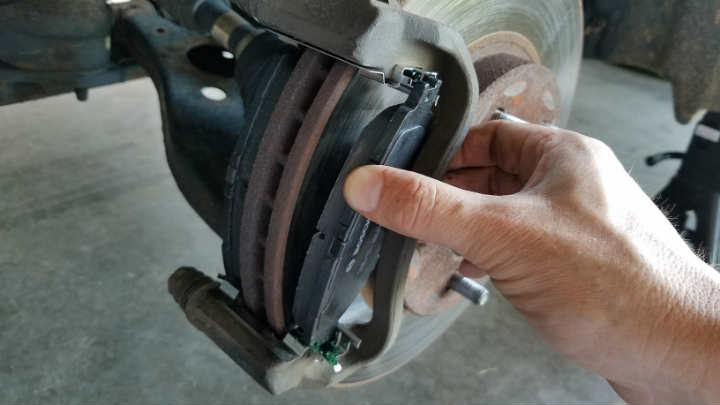
You Made Up Your Mind, Now What?
If you’ve decided on the most suitable brake pads for your car, it’s time to start looking for them. Nowadays, it’s most common to buy replacement brake pads and car parts in general online. The prices are usually a lot more competitive than what dealerships or garages offer, and you have a larger selection to pick from. Once you’ve bought and installed the brake pads, there are a couple of things to remember to ensure your new brake pads last for as long as possible. Extensive and aggressive saying will wear down the pads faster. Further, due to the high amount of friction, the brakes are eventually going to overheat, which can cause the brake fluid to boil. The surface of the pads can also glaze, which can result in loss of friction and unreliable braking. Other factors can also play a role in the performance and longevity of your brake pads, such as braking while towing heavy trailers, towing for long time periods, or driving on a track can also quickly deteriorate your brake pads.
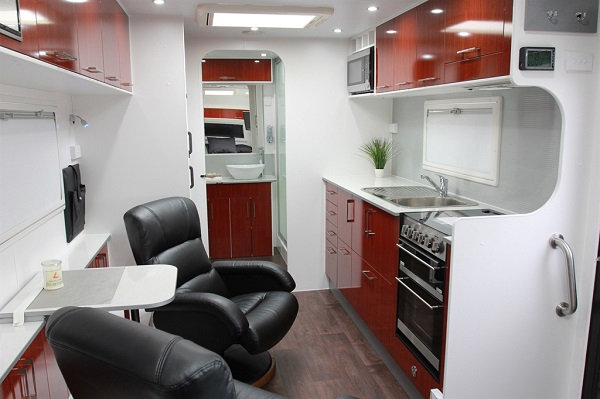

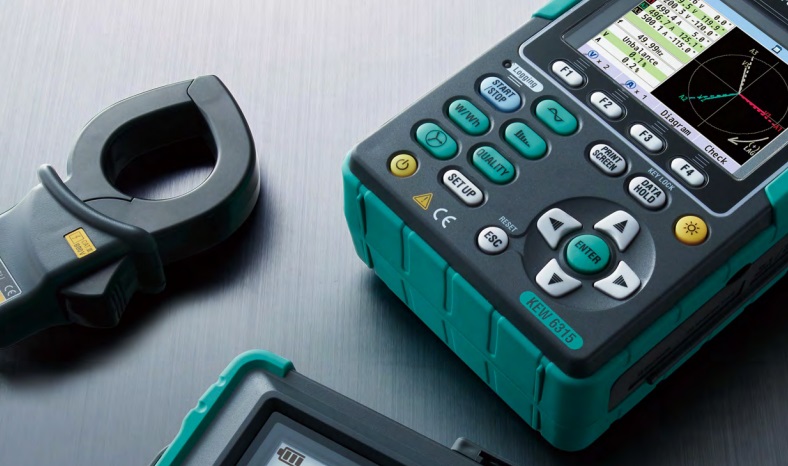
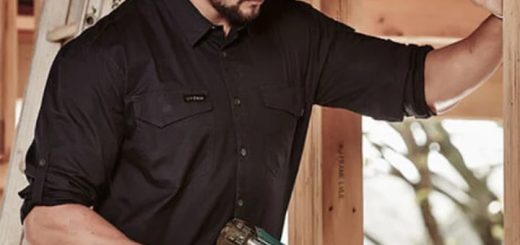


![AFX Sauber F1 C44 Stake No24 Slot Car [22092]](https://www.availableonline.com.au/wp-content/uploads/2025/06/6ccd9e30-c6fa-4910-9081-5fcc3ba80b04__60843-520x245.jpg)


